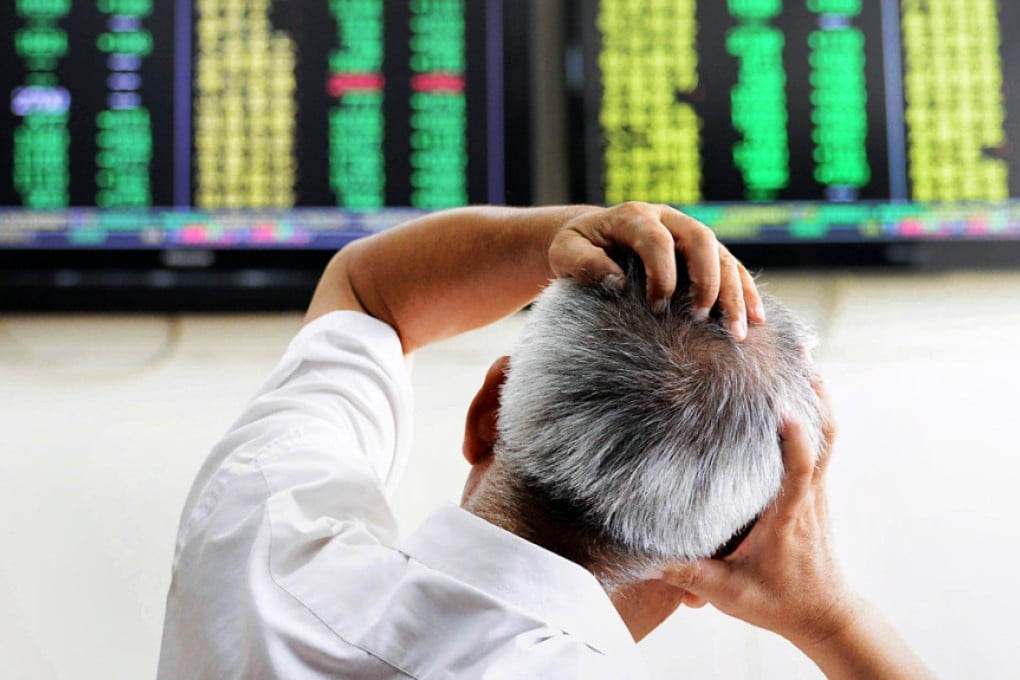Live | China Markets Live - Shanghai crashes to end at 8-month low, Index falls under key 3,000 level as 'Black Monday' woes linger
Shanghai and Shenzhen markets finish over 7 per cent lower each, Hong Kong recovers late to settle higher

Welcome to the SCMP's live markets blog. The intense volatility of recent weeks has every chance of remaining the core underlying theme of activity. Investors are increasingly focused the broader question of how this episode might affect the wider economy as many suspect the equity bubble has yet to fully deflate. We'll bring you the key levels, trading statements, price action and other developments as they happen.
4:45pm: Dominic Rossi, Chief Investment Officer, Global, Fidelity Worldwide Investment, has this advice for investors:
“The emerging markets outlook will remain very challenging. The implications to developed markets are now price and value shock. It was likely to have a big impact on developed markets causing a third wave of deflation and a drop in world trade.
In the short term, markets are going to continue to be painful until we get some insight into how central banks are going to respond to this. There is an increased probability that the Fed will delay the interest rate hike. They are going to have to take this more seriously now. The Fed really needs to send a clear message to the markets that it’s going to step back once more.
Volatility is inevitable. Corrections are a normal part of bull markets. Investors should bear in mind three important rules. Firstly, avoid leverage. Secondly focus on companies with excess cash flows who can distribute them. And thirdly, invest in innovation, particularly innovation in technology, healthcare and media.
The way you enter these treacherous markets is very gradually. It takes several months for a market to stabilise and bottom out after one of these sharp corrections and you should give yourselves several months to reposition your portfolio.”